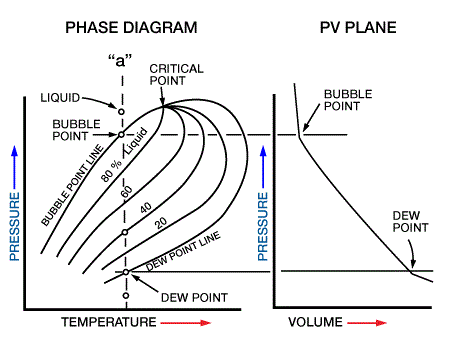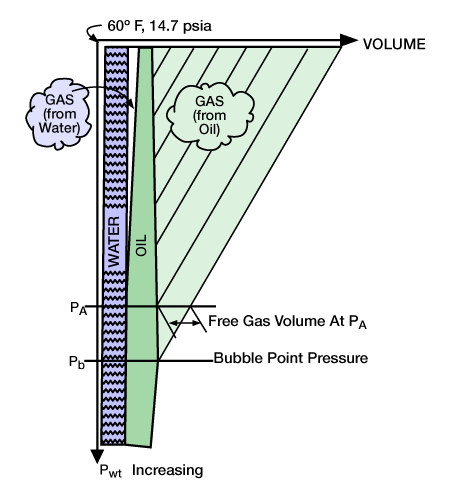Flow rate determination in the wellbore is a crucial aspect of oil and gas drilling and production operations. Accurately measuring the flow rate of fluids such as oil, gas, and drilling mud is necessary for monitoring the performance of the well and making informed decisions about production optimization and well control.
The tools used to quantitatively evaluate flow volumes downhole are the radioactive tracer/gamma ray and the flowmeter. The radioactive techniques are used mostly in injection wells, since they are relatively easy and inexpensive and there is no danger of radioactive material coming to the surface. The flowmeter is most often used in producing wells, where use of the radioactive tracer is rare. For evaluations to be made when multiphase flow is present, flowmeter and fluid identification surveys are required.
There are two basic types of flowmeters. Continuous flow-meters, which are logged across the producing interval, include the small-diameter and the folding full-bore flowmeters. The other basic type is the diverter flowmeter, which diverts the flow through a narrow test section, and is most effective in deviated multiphase flow conditions. Horizontal wells pose unique problems for mechanical flowmeters, which have questionable usefulness in these operations.
Fluid Behavior
In producing wells, volumetric flowrates downhole generally do not match those at the surface. This difference is caused by two factors. First, the reduction of pressure in a liquid as it is produced to the surface may cause it to expand slightly. This expansion effect is very minor, however, and is not usually considered. The second and far more important cause is the dissolution of gases present in the liquid phases at downhole conditions. This occurs in both water and oil, although gas is far more soluble in oil than in water, and thus the changes in oil volume from downhole to surface are more dramatic.
Figure 1 is a phase diagram.

At reservoir conditions, a liquid flowing from the formation to the wellbore undergoes a drop in pressure without a change in temperature. As the oil is produced to the surface, both pressure and temperature are reduced, causing the oil to give up a large amount of gas and decrease in volume. The point at which gas begins to break out of solution is called the bubble point. Gas that comes from the oil in this manner is called solution gas.
If gas-cap gas (which is not and was not in solution with the oil) is produced, it is called free gas. This free gas also changes dramatically in volume from downhole to surface. Such volume changes are a function of the gas gravity, and of reservoir pressure and temperature.
Figure 2 shows the change in fluids as they move from down-hole to the surface. As pressure begins to decrease, a slight expansion of the liquid takes place.

At the bubble point, gas begins to break out of solution, and as the pressure is further reduced, vast volumes of gas come from the oil. A similar effect is noted with water, although the volume of available gas is much less. The relation between the downhole and surface volumes is called the formation volume factor, and is defined as
Oil: ![]()
![]() (1)
(1)
Gas: ![]()
![]() (2)
(2)
Bo is typically greater than one and Bg is is typically much less than one. For gas, the reciprocal, 1/Bg, is usually used and is a number in the hundreds. These relationships are determined from PVT data on the produced fluids or may be approximated from correlation charts available in the technical literature.
 Petro Shine The Place for Oil and Gas Professionals.
Petro Shine The Place for Oil and Gas Professionals.



